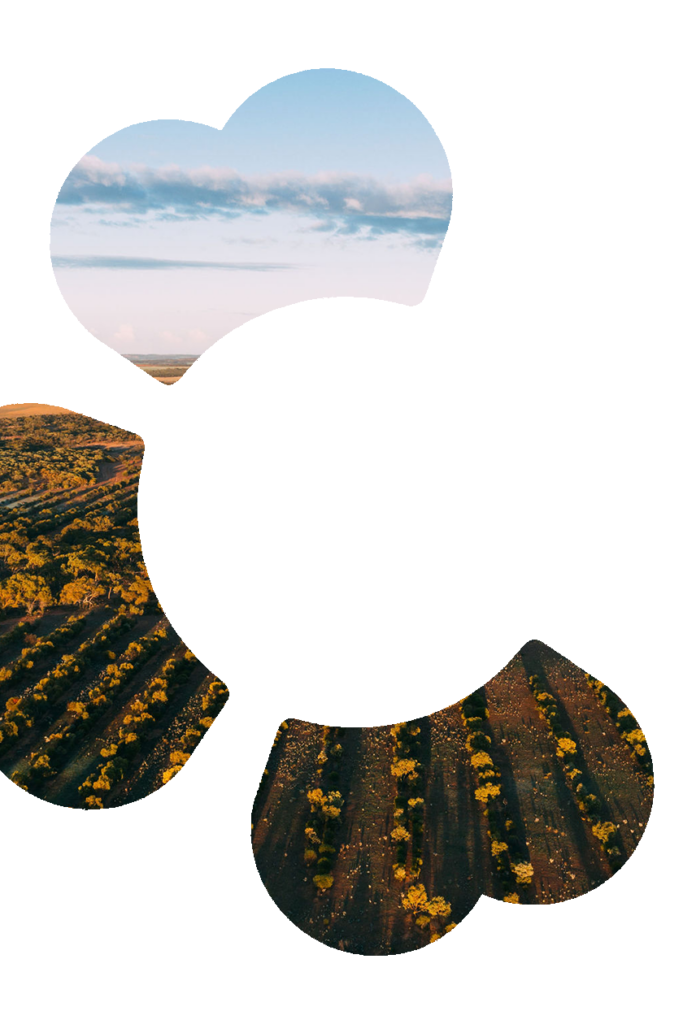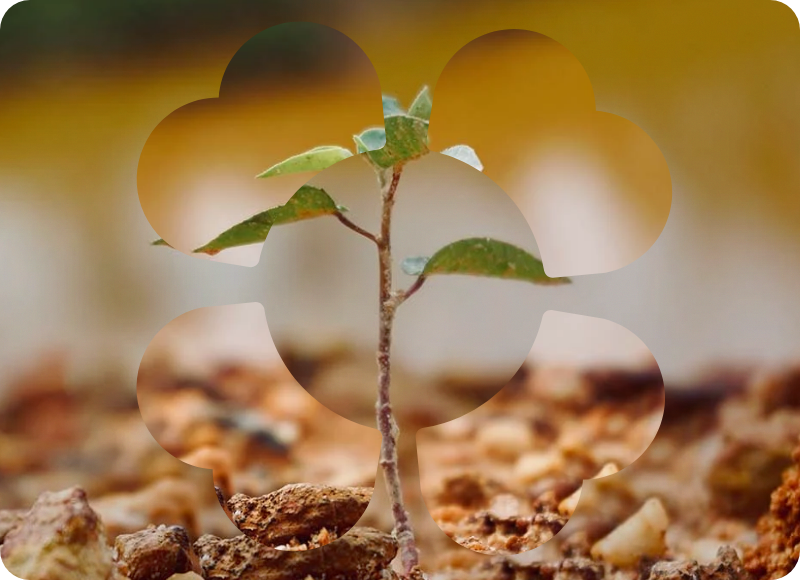Platform For Scaling Climate Action
Cloverly is the digital infrastructure that empowers businesses to scale their climate action now.
Power the Ecosystem, Scale The Impact
Cloverly empowers both the businesses that buy and the businesses that supply carbon removals and credits by providing trust, access, and ease to scale meaningful impact.

“The deployment of carbon dioxide removal (CDR) to counterbalance hard-to-abate residual emissions is unavoidable if net zero CO2 or GHG emissions are to be achieved.”
– IPCC’s Mitigation of Climate Change Report
How Cloverly Empowers Businesses to Rapidly Scale Climate Action
Trust
We enable meaningful climate action through transparency, integrity, and partnership.
Access
We remove the friction between supply and demand to accelerate critical action.
Ease
We drive large-scale impact through powerful technology, data, and an ability to rapidly scale and innovate through a single partner.
Trusted by many of the world’s leading companies to power their climate action goals


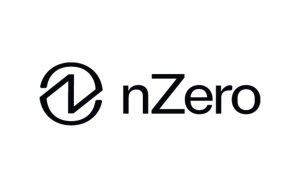
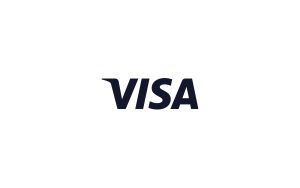
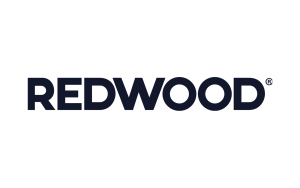

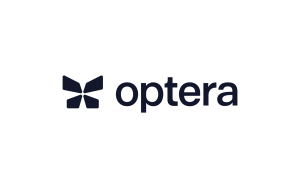
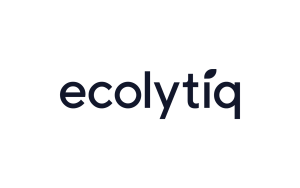
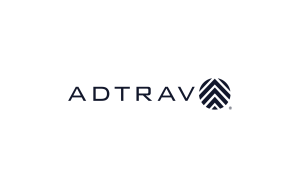
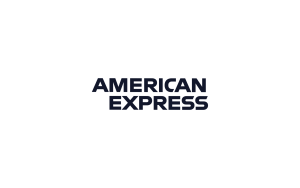
Solution Overview for Buyers and Suppliers
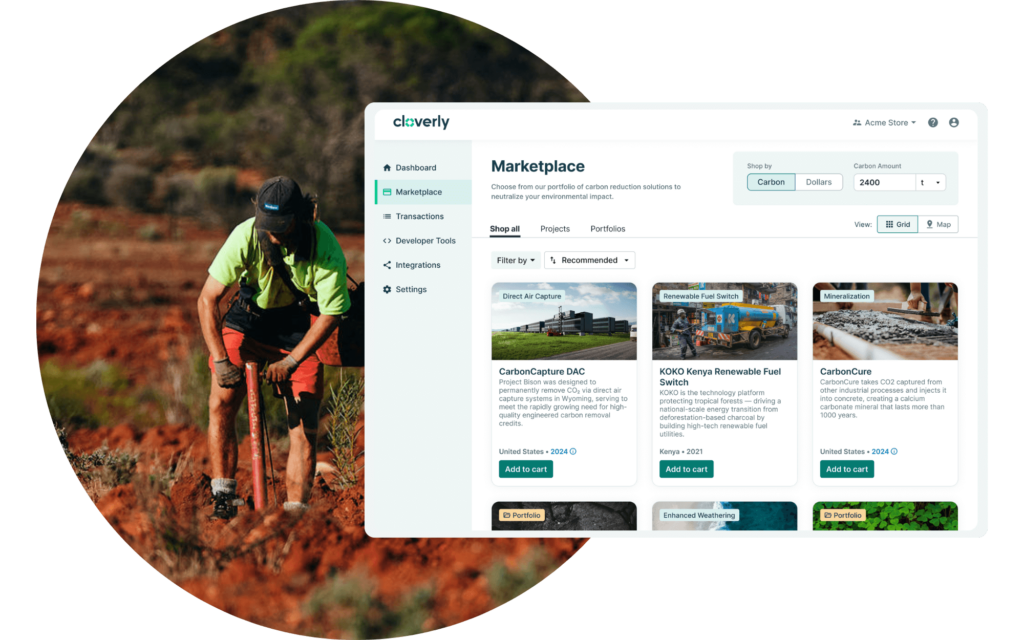
Cloverly Empowers Buyers
Cloverly enables buyers to take immediate action toward reaching climate goals through a comprehensive platform of technology and direct carbon credit purchasing solutions.
Cloverly Empowers Suppliers
By providing distribution and software solutions designed to help carbon credit suppliers manage operations, Cloverly delivers the support suppliers need to scale.
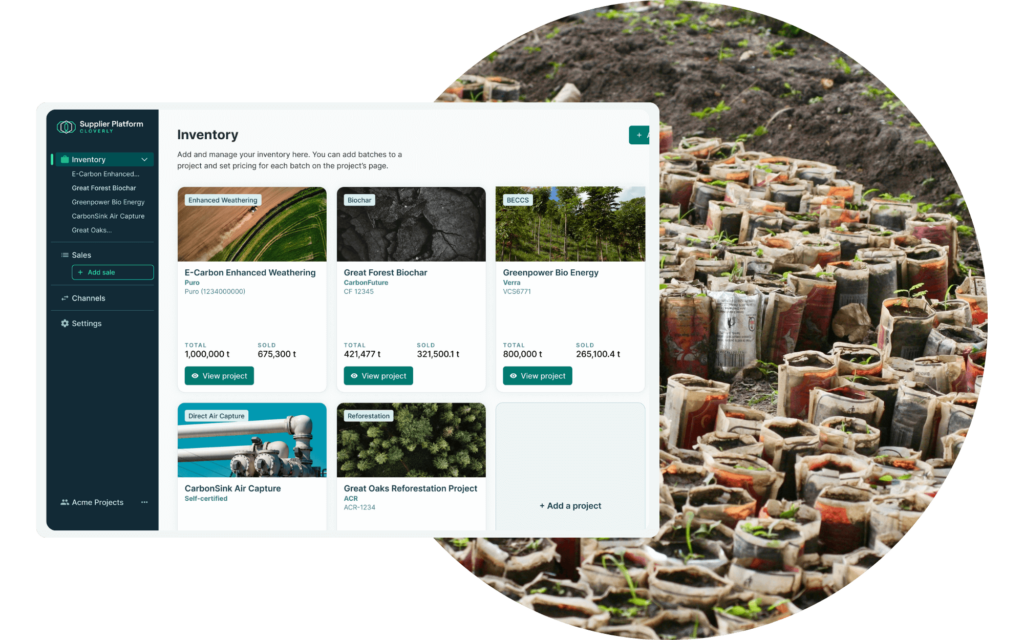
Projects Backed By Integrity
The Cloverly Marketplace℠ is a global collection of carbon removal and other high-quality projects vetted by in-house climate experts.
Featured Insights
Scale Your Impact
Suppliers
Suppliers Page
Supplier Platform
Storefront
Supplier Agreement
Supply Terms of Service
Contact Us
Resources
Subscribe
API Docs • Terms of Service • Privacy Policy• Access to Marketplace
Copyright © 2024 Cloverly. All Rights Reserved.

